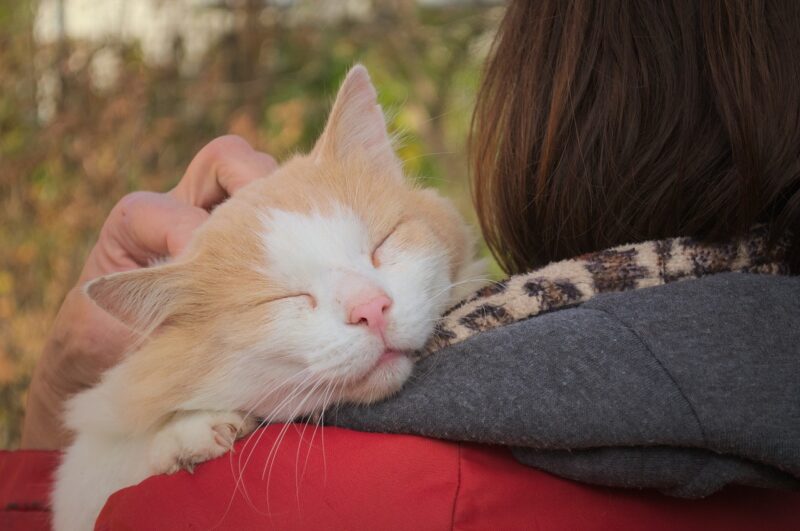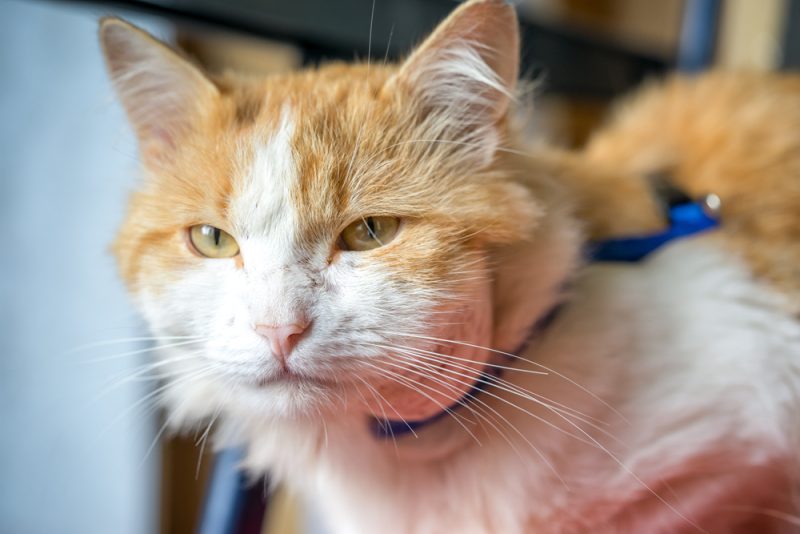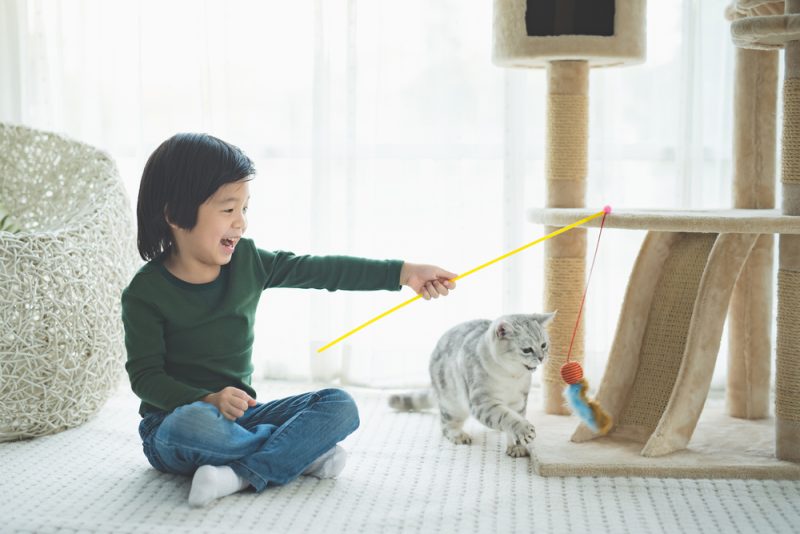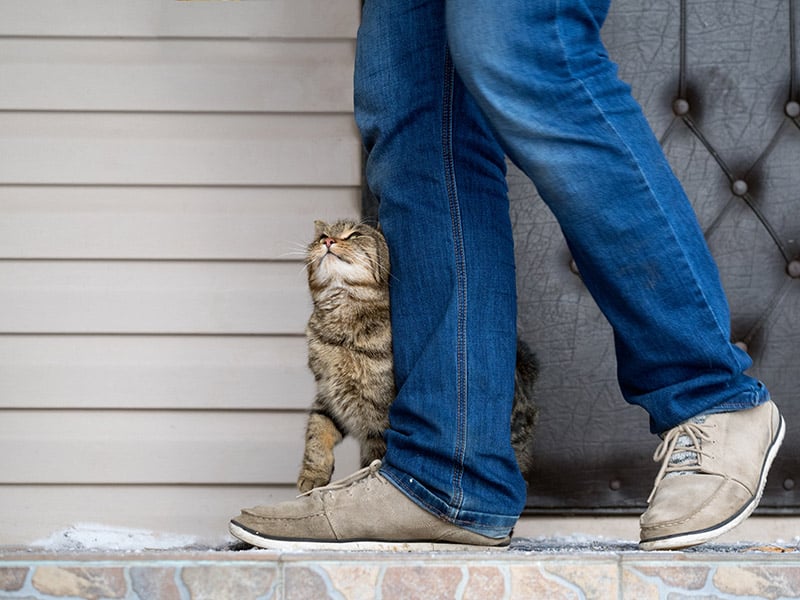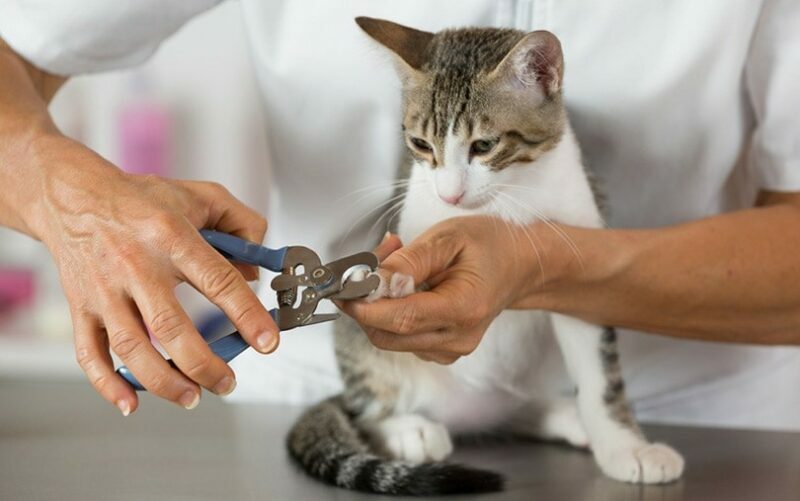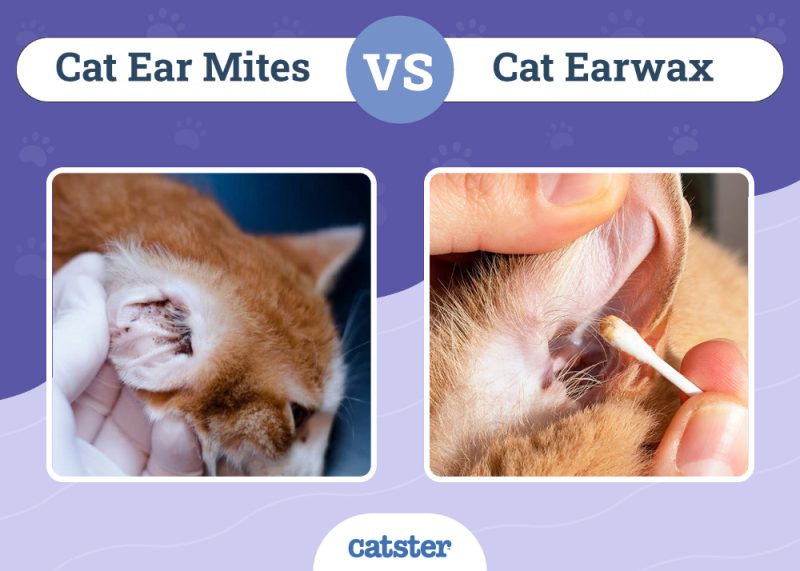It’s most cat owners’ dreams to have a cute and cuddly cat that sits on their laps and curls up with them in bed, but this isn’t always the case. Like humans, cats have unique personalities, and while some cats are cuddly and affectionate, others are aggressive and reclusive. If the latter describes yours, you are not alone.
While most cats learn traits from their mothers, you can still teach yours to be social with a little bit of effort. This social malleability is greater in kittens but wanes as the cats grow older. However, teaching your cat to be cuddly might still be possible, regardless of their age. Here are some tips for trying to get your cat to cuddle in a couple of weeks.

The 5 Tips on Getting Your Cat to Cuddle
1. Be Calm and Gentle With Your Movements
Cats get startled easily, and your abrupt movements and aggressive actions can become threatening, even if you mean no harm. Being calmer and moving more gently can get the cat more accustomed to your presence.
This is especially true if you recently adopted it. You’ll start noticing your cat getting more comfortable around you. While it may not be enough to make it a completely cuddly feline, it’s a great start.

2. Don’t Stare at Them Too Much
Just like humans, cats also find staring uncomfortable. Avoid staring at your cat for too long, even if you’re enthralled by their cuteness. Do this for too long, and they will walk away.
Instead, you can try a sort of slow blink, then look away almost immediately. When your cat slowly blinks at you, it means they trust you and are comfortable staying around you. Talk to them in their language, and they’ll grow closer to you.
3. Pet Your Cat (the Right Way)
Most cats can’t resist a good petting. However, it’s important to pet your cat correctly; otherwise, it’ll have the opposite effect. Scratch under their chins, stroke their eyes, or rub their backs. Avoid rubbing their stomachs, whiskers, and paws because they are extremely sensitive.
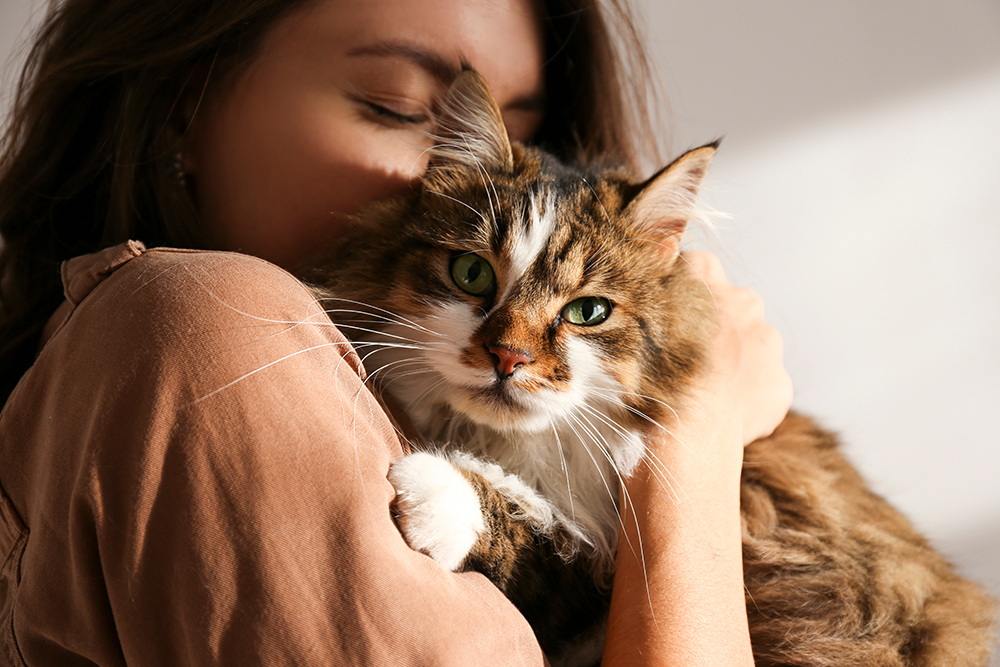
4. Shower Your Cat With Treats
You can bribe a cat into cuddling with you by giving them treats. Every time your cat snuggles with you, reward them with something they love. Alternatively, you can use treats to lure them in and use the same treats to get them to stay. Over time, this builds a positive association and encourages your feline to cuddle. Just be very careful not to feed the cat unless they are calm, and do not push their limits beyond the point where they feel comfortable and secure. It is better to take a little bit longer with the process and build their trust.
Once you have them in your lap, it’s important to pet them correctly and avoid sudden movements. One wrong move, and your cat will scamper away to safety. Also, go slow on the treats to avoid overfeeding.
5. Ramp Up the Grooming
Grooming sessions are a great way for you and your cat to bond. Cats enjoy it when you brush them gently, as long as you don’t overdo it.
Use a soft brush to gently brush your cat in a rhythmic motion while talking to it in a soothing voice. Pay attention to their body language to know whether you’re doing it right. There’s always the possibility of brushing them too hard, which can be unpleasant.
When the cat has had enough, they’ll start fidgeting, or you’ll see their tail twitching. This is a sign that you should stop and let them be. Schedule regular grooming, and your cat will grow closer to you and naturally want to cuddle with you.
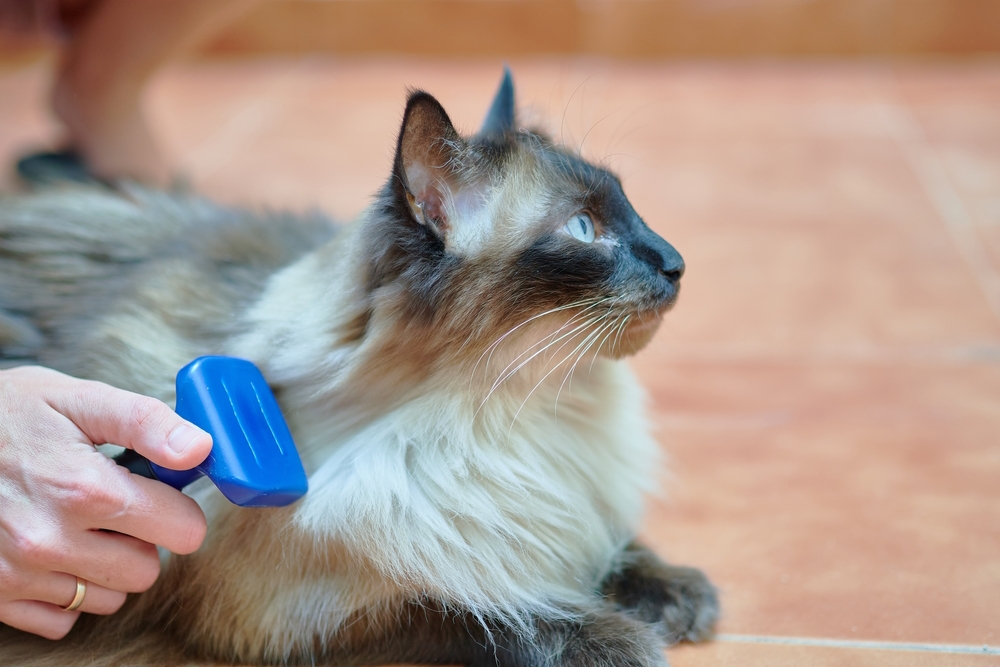

Are Some Cats Impossible to Make Cuddly?
Yes, some cats are just naturally solitary and prefer their own space. This is inherent to their nature, and there’s not much you can do about it. Some cats are naturally cautious and scared of humans. Felines like these are hard to make cuddly, but that doesn’t mean you shouldn’t try.
Kind treatments, treats, and a little patience will go a long way toward making a reclusive and fearful cat a lot more social. If your pet doesn’t get any friendlier, you might want to consult a professional. Cat trainers and feline behavioral experts can transform a lonesome cat into a more social one.


Final Thoughts
It’s every cat owner’s dream to have a fuzzy, cuddly buddy to snuggle with and keep warm at night. With persistence and consistency, you can make most cats cuddly in no time. However, don’t try to force cuddling or even forcefully pet your cat. This will only strain the relationship between you and your pet. While behavioral modification techniques can help, sometimes caring for your cat means learning to love and accept them for who they are.
Featured Image Credit: Pixabay
